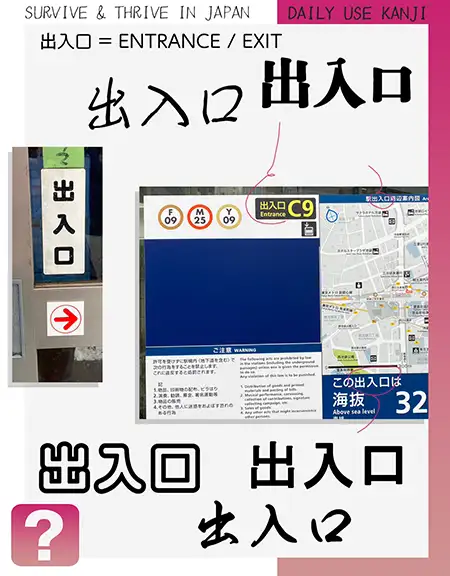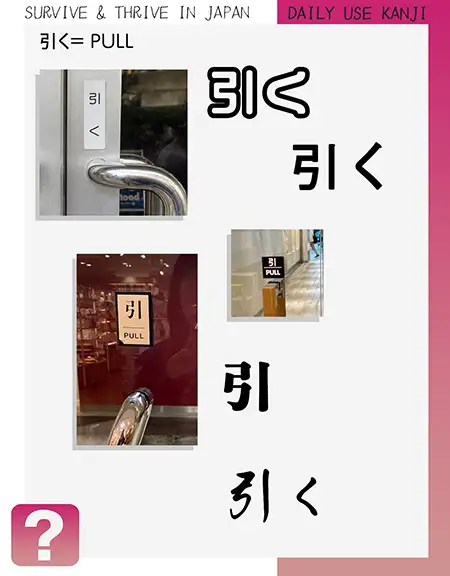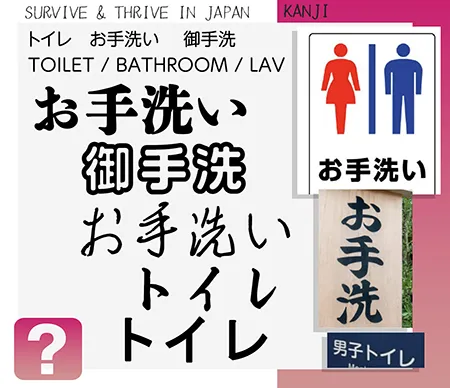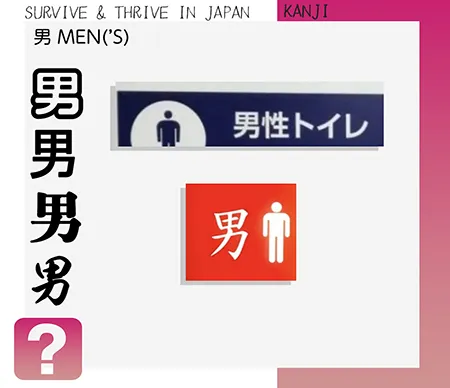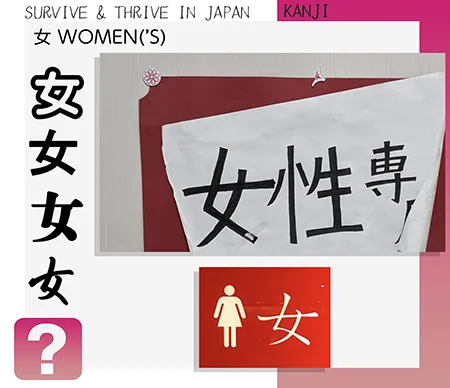Know-before-you-go:
Basic Survival Japanese Kanji for People New to Japan
Basic Survival Japanese Kanji for People New to Japan
Q: Do I need to be able to read kanji before I can move or travel to Japan?
A: A lot of the main areas in Tokyo are basically accessible for non-Japanese reading people and has signage in English and often in Chinese and Korean as well, but Tokyo is huge and filled with shops, banks, and areas that only have Japanese signs.
A lot of smaller shops and areas outside Tokyo don’t translate all the basics so it’s good to know a few kanji before you go so you can:
- Find exits and / or entrances
- Know whether to push or pull a door
- Know how to find toilets
(Check out our section on toilets and bathrooms in Japan, they can prove tricky!) - How to find the toilet most fitting for your gender
Japanese, as you probably know, has three alphabets; hiragana, katakana, and kanji. At some point, as a student, you’ll probably study them all, but let’s start with the basics.
POINT: Did you know that kanji can look very different depending on the font or whether it’s hand-written or not?
There’s block print kanji, serif and sans serif kanji, and some places choose to use brush-type strokes so it’s best to not just memorize a few kanji, but rather get visually comfortable with these basic kanji in different written styles so your studies and the reality of reading kanji sync up.

